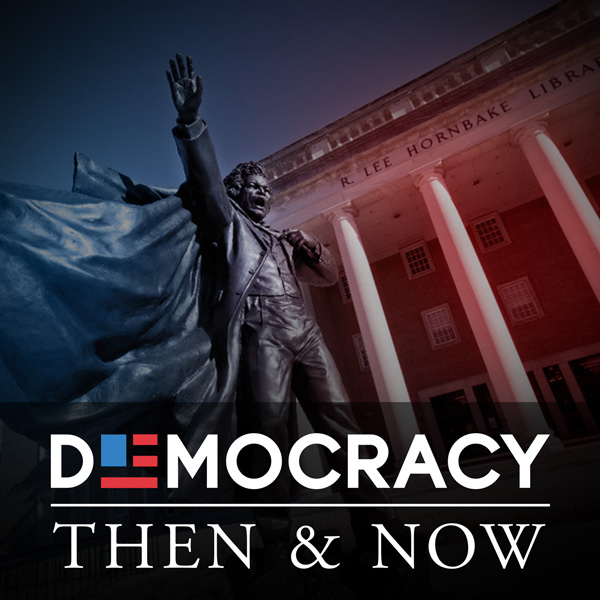The “Microlessons” web application is a multimedia learning platform, featuring an accessible video player synchronized with transcriptions that make learning easier through fast and efficient searchability. Paired with a production workflow in collaboration with NASA TV Studio, this platform aims to facilitate a variety of web-based learning initiatives at NASA.
A digital platform where incarcerated people can bear witness to the conditions in which they live, to what is working and what is not inside American prisons, and where they can contribute to public debate about the American prison crisis. Open to contributions by correctional officers, prison staff, and prison administrators, and accessible online by readers across the world.
A research project studying the Buddhist Bodhgaya and Hindu Gaya centers in India, analyzing their histories through study of textual, archaeological, and art-historical resources.
Working with the Folger Institute at the Folger Shakespeare Library, I designed a series of infographics visualizing 40 years of program offerings by the institute, visually distinguished by categories of discipline and format, a spiral graph showing growth of consortial membership overtime, and a word cloud detailing common themes and topics. An accompanying digital version was later developed making the infographic interactive, including zooming, rotation, and highlighting individual offerings.
Mina Loy: Navigating the Avant-Garde is a scholarly website designed for Davidson College, Duquesne University, and the University of Georgia. True to the avant-garde content it studies, the site captures a variety of media types, and innovates with custom-built features including side-by-side text analysis tools, rearrangeable text interfaces, and metadata for scholarly text and artifacts.
Tombs & Tomes is a web application-based academic game meant to facilitate undergraduate learning experiences by introducing students to campus resources through a live-action role-playing game. To accompany this game, I developed a web application that functioned as both an interactive character sheet for players’ characters, and as a shared and synchronized game server, capable of sharing stats and facilitating gameplay between multiple connected players. As this game was meant to be played on the go, this web application was designed to let student players focus on the game and the storytelling experience of the live-action experience, rather than needing to carry and manage papers and tokens.
As part of a research project studying the work of the poet Agha Shahid Ali, I created a tool that would help students in Hamilton College’s English Department learn about the “ghazal,” a traditional poetic form of Kashmir. This tool let users author their own poetry, with the rules of the poetic form — repetition of final words per line, syllabic structures, and rhymes — reinforced and automatically generated by the application. (This tool also yielded a fascinating side project, creating an algorithm to count syllables using a dictionary database and language-based parsing.)
Democracy Then and Now is a website built to provide historical audio tours to significant locations on the University of Maryland, College Park campus. The site collected the essays and recorded audio narrations of a number of students across the campus, each providing historical contexts to locations related to the history of democracy in the United States. This site utilized WordPress to collect stories from a number of users, and built a custom Soundcloud integration to each entry, pairing the hosted audio with a unique URL and generating a QR code for each entry. By printing these QR codes and placing them in the physical locations, users were encouraged to take a tour of the campus locations, scanning and listening to the audio through this web application.
The Comparative Japanese Film Archive transcription tool was an academic research application designed to allow multilingual transcriptions for foreign films. This tool supported an academic project researching the Japanese benshi tradition, wherein live narrators translated and performed the dialogue of foreign and silent films for Japanese audiences. As such, this tool allowed for presenting films with the benshi performers’ narration overtop, with transcriptions that would highlight and subtitle the dialogue in real time as the film plays.












